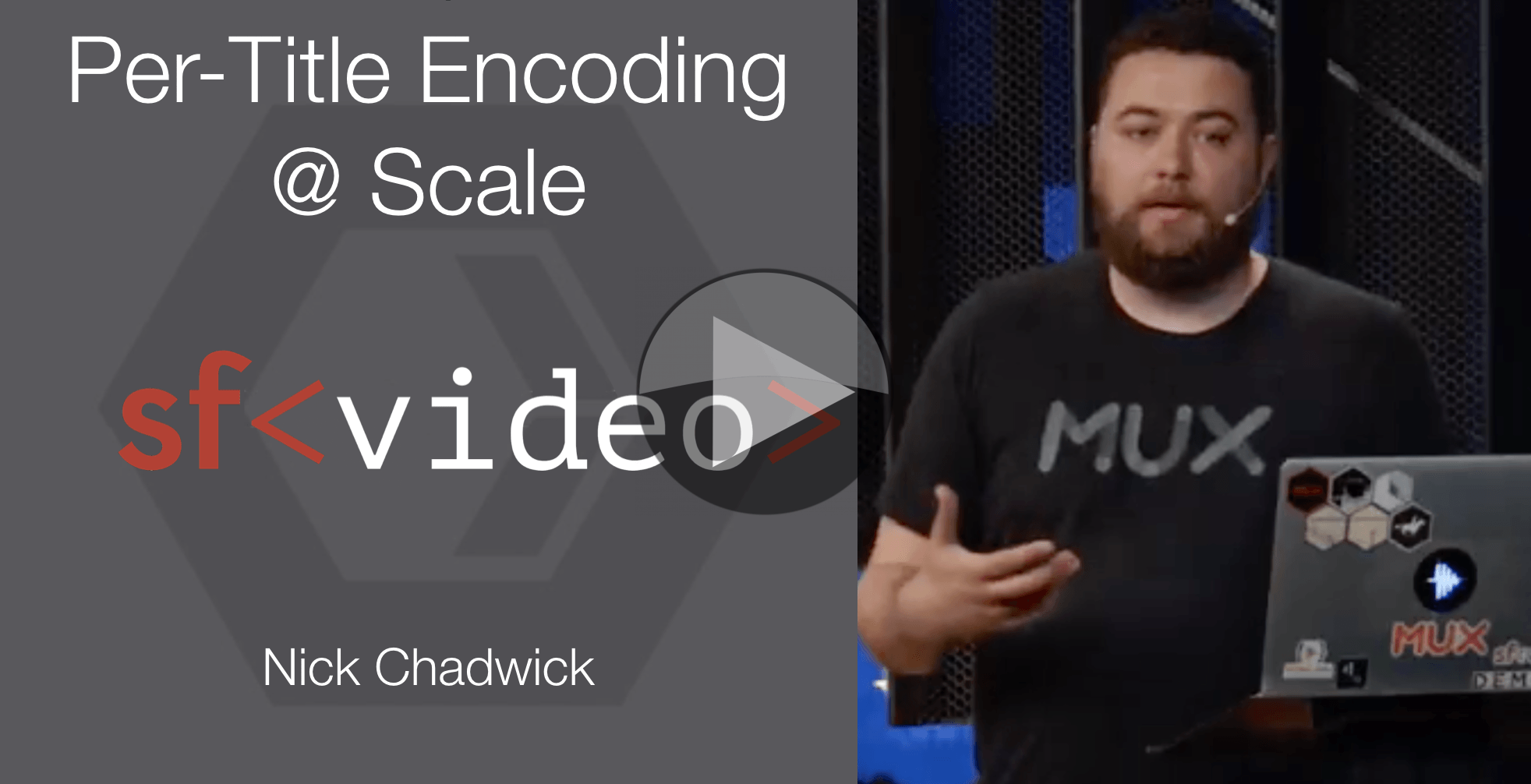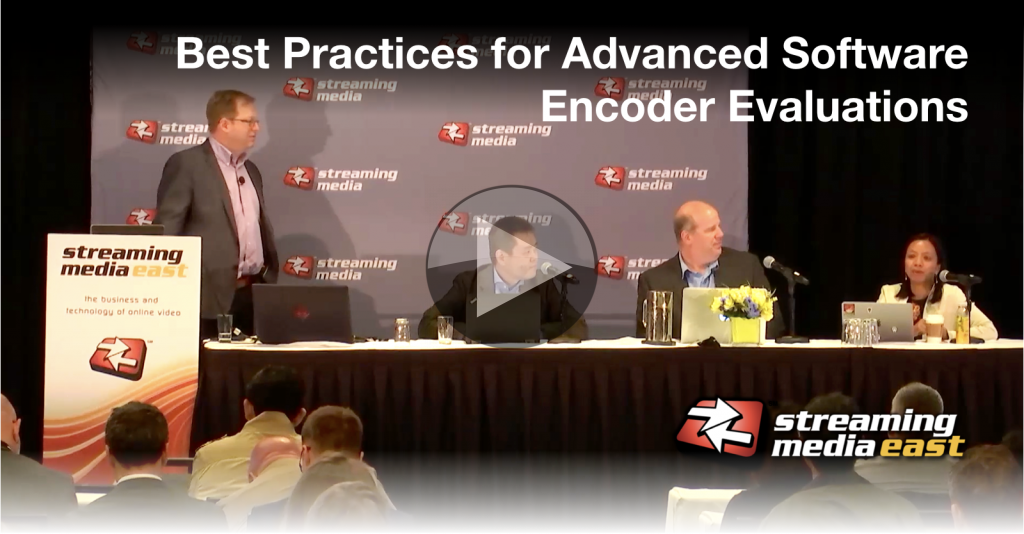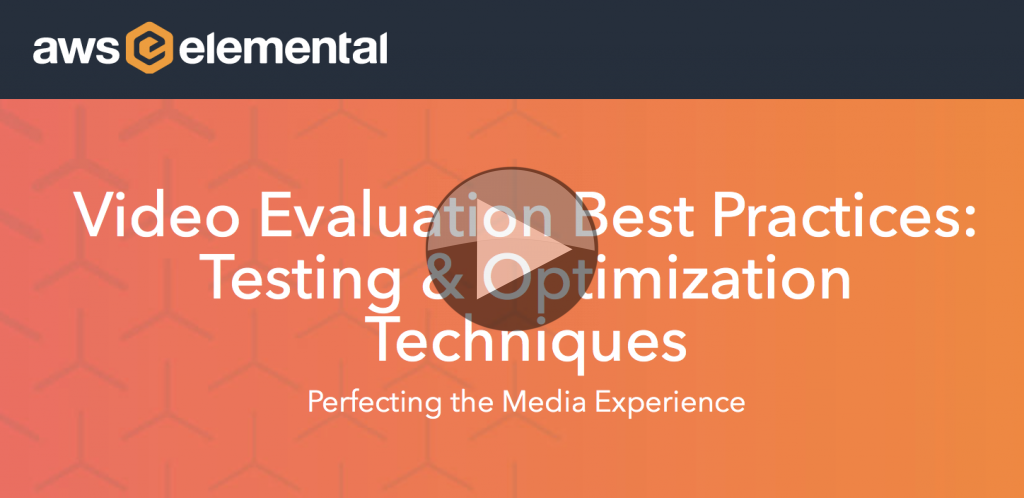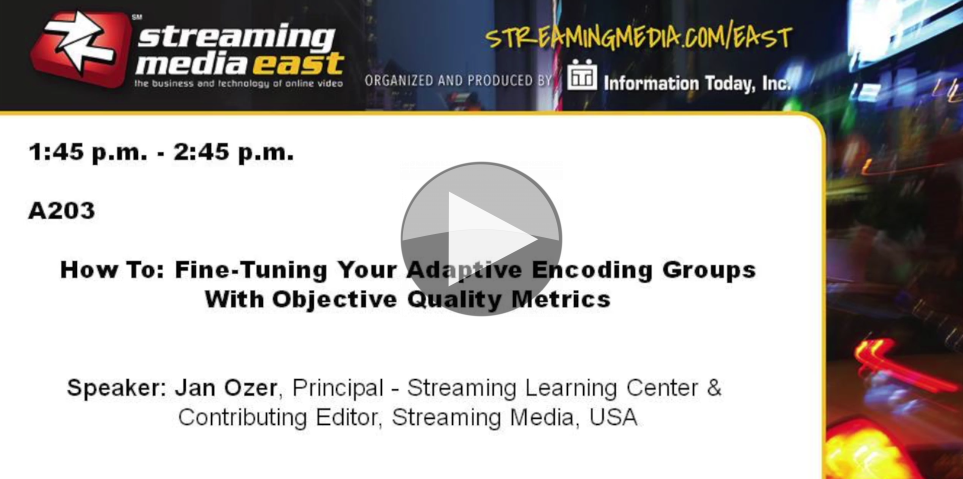MUX is a very pro-active company pushing forward streaming technology. At NAB 2019 they have announced Audience Adaptive Encoding which is offers encodes tailored to both your content but also the typical bitrate of your viewing demographic. Underpinning this technology is machine learning and their Per-title encoding technology which was released last year.
This talk with Nick Chadwick looks at what per-title encoding is, how you can work out which resolutions and bitrates to encode at and how to deliver this as a useful product.
Nick takes some time to explain MUX’s ‘convex hulls’ which give a shape to the content’s performance at different bitrates and helps visualise the optimum encoding parameters the content. Moreover we see that using this technique, we see some surprising circumstances when it makes sense to start at high resolutions, even for low bitrates.
Looking then at how to actually work out on a title-by-title basis, Nick explains the pros and cons of the different approaches going on to explain how MUX used machine learning to generate the model they created to make this work.
Finishing off with an extensive Q&A, this talk is a great overview on how to pick great encoding parameters, manually or otherwise.
Speaker
 |
Nick Chadwick Software Engineer, Mux Inc. |











